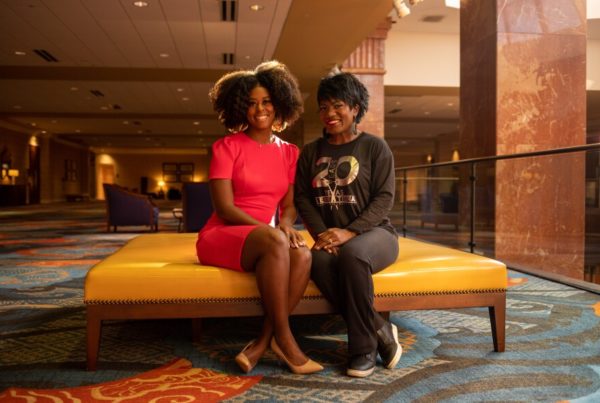Up until the phone rang, that Friday afternoon in May of 1930 was like all the other ones Njoki McElroy had spent in her mother’s home in Dallas. McElroy’s grandmother had called from the family’s hometown of Sherman, 70 miles north. Her mother answered the phone.
“My mother was very emotional,” McElroy said. “And she began to scream and cry. I knew something terrible had happened.”
McElroy, who is Black, was 5 years old at the time. She spent her summers in Sherman. For her, it was a magical place.
“And my grandmother related the fact that they had thrown dynamite in the courthouse building, and dragged a Black man out, who had been accused of rape – raping a white woman,” McElroy said. “They set fire to the courthouse, and they dragged the Black man over to the Black business area.”















